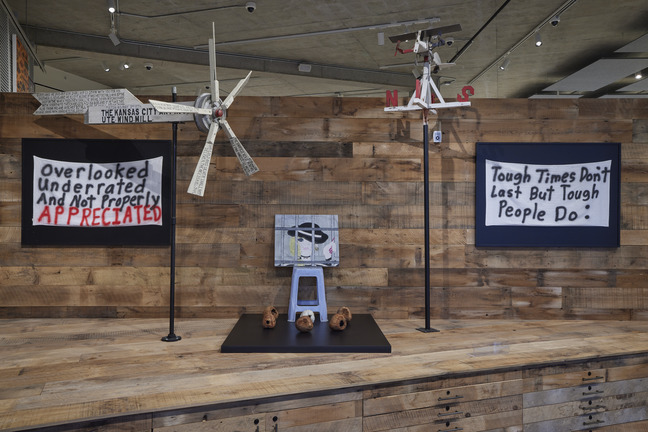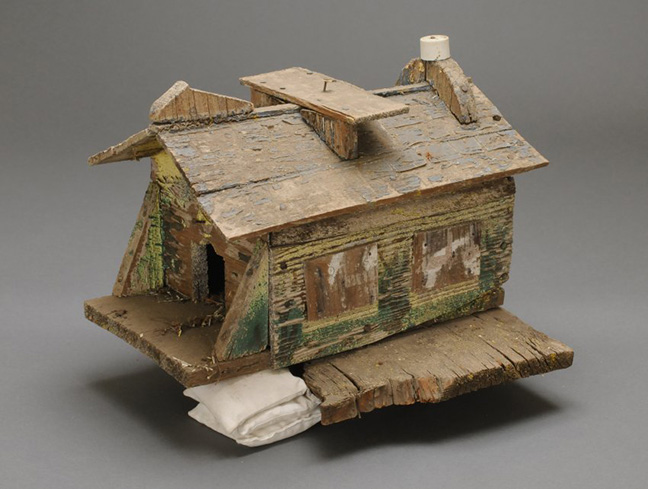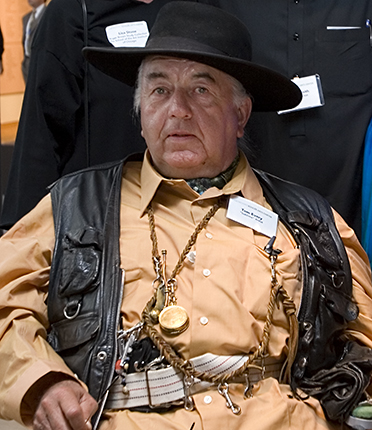Otis Houston Jr.: My Name is My Word (in response to Jesse Howard)
The Artist Artist Otis Houston Jr. creates new work at the John Michael Kohler Arts Center, 2022. Otis Houston Jr. (born 1954, Greenville, SC) lives… Read More »Otis Houston Jr.: My Name is My Word (in response to Jesse Howard)


















